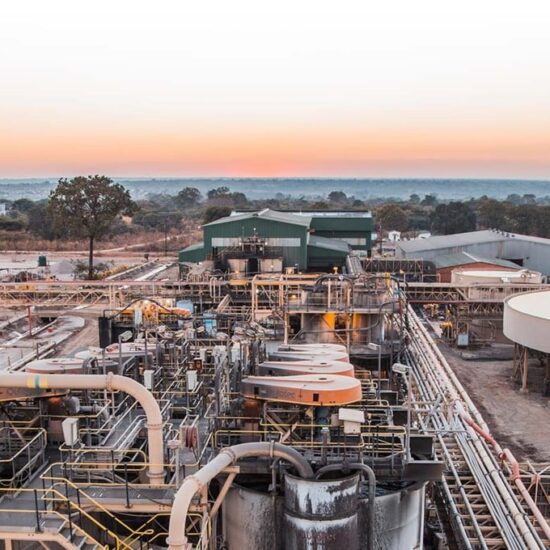
The Zambia Chamber of Mines says the 2023 Budget announcement is an encouraging move towards the re-establishment of Zambia as a key mining investment destination. Zambia currently ranks second to its northern neighbor – Democratic Republic of Congo as Africa’s second larget copper producer.
Zambia Chamber of Mines Chief Executive Officer – CEO Sokwani Chilembo said the Budget measures are likely to be viewed as an encouraging move and a boost to attraction of Zambia as a top mining investment destination.
Chilembo told the Zambian Business Times – ZBT that the Chamber of Mines has long advocated for the dismantling of excessive unfavourable mining tax policies that were previously introduced, leading to a slowdown in mining investment inflows.
“The announcement builds on the momentum sparked by initial steps taken in the 2022 budget, which ushered in a first wave of investments being announced this year, including First Quantum’s S3 expansion at Kansanshi, and the development of Enterprise, which will become Africa’s largest nickel mine when it is operational next year.” He said.
Chilembo said amending the mineral royalty tax to be calculated on an incremental or sliding scale basis will start to bring Zambia’s tax regime back in line with other mining countries.
“We have long identified the royalties’ regime as a stumbling block for investment into Zambia. Not only are our rates higher than any of our competitors, but the regime operated in a way that deterred miners from producing at higher prices which was ultimately harmful for everyone. We are pleased to see the Government follow through on its promise to reform some of these impediments to growth” The Chamber of mines chief stated.
Similarly, the Chamber applauded the measures promoting exploration and artisanal mining as well as the establishment of a mining regulatory institution arguing that investors wanted to see a fully capacitated regulator that could manage its administration in a timely and effective manner.
“The measures announced will start to bring Zambia back in line with the rest of the mining world – we now have a case to market to the world’s investors. We all need to study the numbers, to see how these measures shift the effective tax rate and how that compares with our competitor jurisdictions.
The Chamber of mines told ZBT that its members and the global mining investment community will study the implications in detail. “But we can confidently say that this has been a good day for Zambia’s mining industry and, by extension, for the country’s future economic trajectory.”
It however remains to be seen if the mining companies will reciprocate the gesture from the Zambian government by confirming new and medium term investment plans as corcerns are emmerging that Zambia may end up lossing both on annual tax revenues and attracting the right levels of investments to hit the million tons per annum copper production target in now 9 years time.







